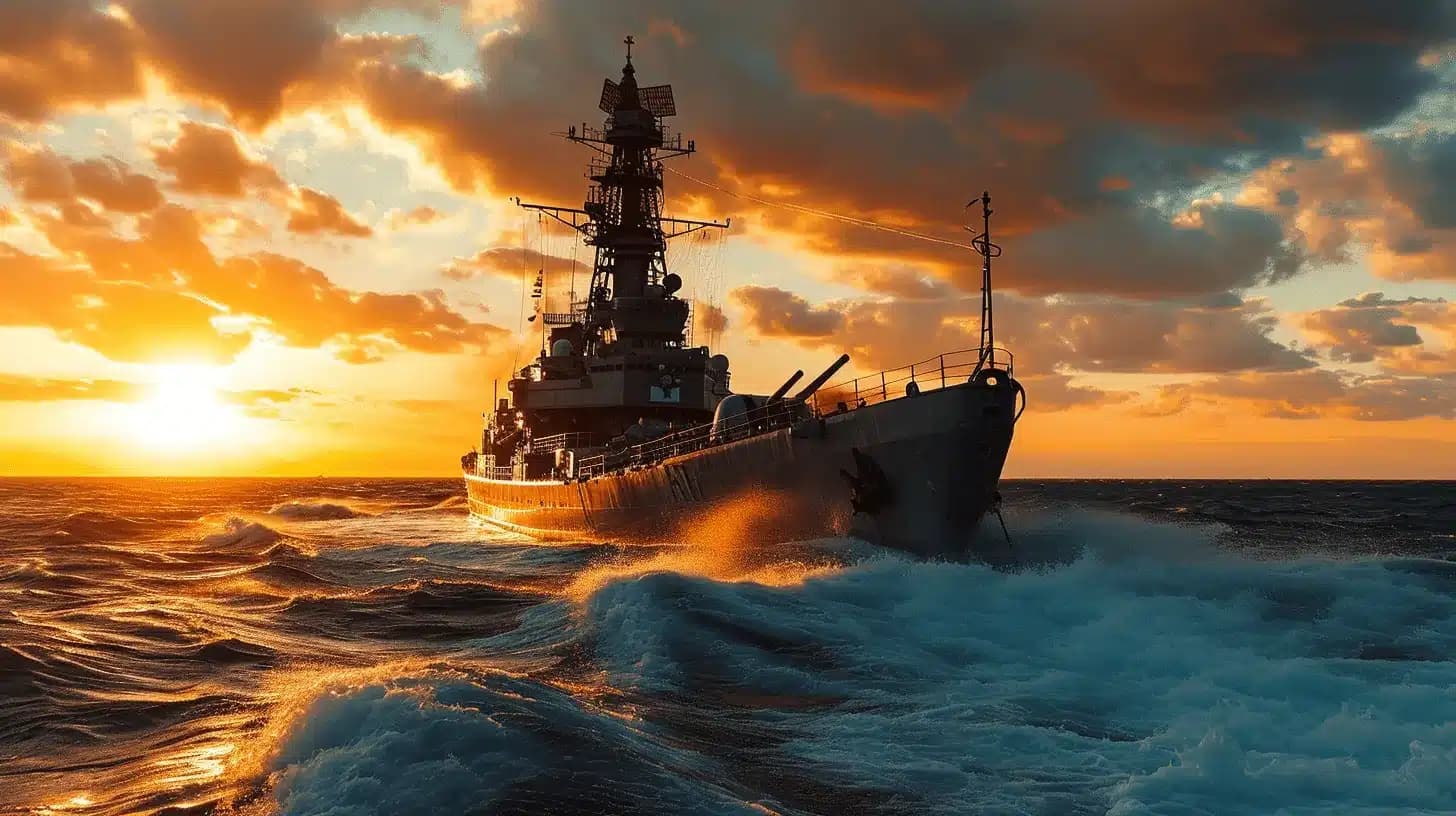
U.S. and Iran’s Naval Tango: The Alborz Warship’s Red Sea Entry
In the intricate chessboard of Middle Eastern geopolitics, the recent maneuver of Iran's Alborz warship entering the Red Sea marks a significant strategic move, echoing the rising tensions in a region already brimming with complex conflicts. This development, reported by the semi-official Tasnim news agency, unfolds against the backdrop of the ongoing Israel-Hamas war and […]